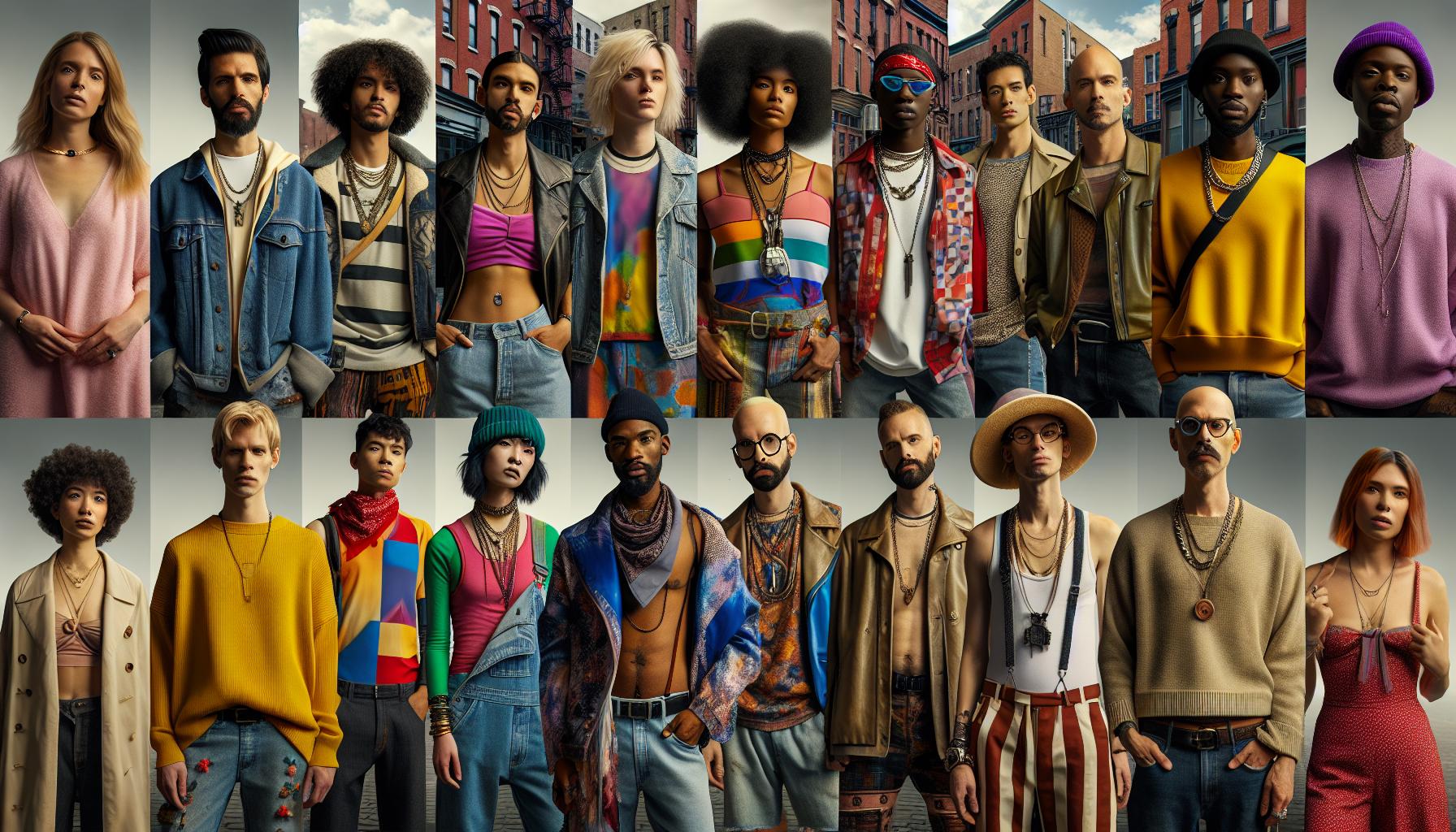In a world where first impressions matter more than ever, personal branding design is the secret sauce for standing out in a crowded marketplace. It's not just about having a snazzy logo or a flashy website; it’s about crafting an authentic identity that resonates with your audience. Think of it as your personal superhero costume—one that showcases your unique powers while keeping the villains of mediocrity at bay.
Navigating the waters of personal branding can feel like trying to assemble IKEA furniture without instructions. But fear not! With the right design elements and a sprinkle of creativity, anyone can build a brand that not only attracts attention but also keeps it. So buckle up and get ready to elevate your personal brand from “meh” to “wow!” Your future self will thank you—preferably while sipping a piña colada on a beach somewhere.
Personal Branding Design
Personal branding design plays a crucial role in establishing a unique identity. It shapes how individuals present themselves to their audience.
What Is Personal Branding?
Personal branding refers to the process of developing a distinct image and reputation based on individual values and strengths. This can include visual elements like colors, fonts, and logos, as well as written content, tone, and overall presence. Individuals use personal branding to convey who they are, what they stand for, and how they want to be perceived in their professional lives. Establishing a cohesive personal brand helps differentiate an individual from others in similar fields, making recognition easier in crowded markets.
Importance of Personal Branding Design
A strong personal branding design enhances visibility and credibility in any industry. Visual consistency across all platforms reinforces the message being communicated and builds trust with the audience. An effective design captures attention while showcasing unique qualities and expertise, making it easier to connect with potential clients or employers. With the right branding elements, individuals can create lasting impressions, ultimately leading to more opportunities and professional growth.
Key Elements of Personal Branding Design

Key elements in personal branding design are crucial for creating a recognizable and impactful identity. Focusing on specific aspects helps individuals stand out and connect effectively with their target audience.
Visual Identity
Visual identity encompasses logos, colors, typography, and imagery. Each component plays a significant role in representing an individual’s unique essence. Color schemes evoke emotional responses and convey various messages. Logos serve as memorable symbols that capture attention effectively. Typography reflects personality through font choices, influencing perception. Cohesive visual elements create a harmonious brand identity that resonates with the audience, enhancing recognition and recall.
Authenticity and Consistency
Authenticity builds trust in personal branding. Individuals must present themselves genuinely to establish a genuine connection with their audience. Consistency in messaging amplifies this authenticity. Every written or visual element should align with core values and strengths, reinforcing key themes. Regularly delivering consistent content fosters reliability and encourages audience engagement. Authentic and consistent branding creates a solid foundation, paving the way for long-term relationships and professional opportunities.
Developing Your Personal Branding Design

Personal branding design requires a strategic approach to connect effectively with the audience. Focusing on key elements throughout this process builds a strong presence.
Defining Your Target Audience
Identifying a target audience serves as the foundation for personal branding design. Researching demographics, interests, and behaviors shows who the brand connects with. Considering specific characteristics helps in tailoring messages that resonate deeply. Engaging with the audience through a variety of platforms strengthens relationships and gathers feedback. Clarifying this group allows for better content creation that aligns with their needs and preferences, ensuring relevance and impact.
Crafting Your Brand Message
Creating a brand message involves articulating core values and unique selling points. This message should reflect authenticity and resonate with the target audience. Using clear, concise language makes the communication accessible and memorable. Highlighting personal stories can deepen emotional connections and foster trust. Consistency in tone across all platforms reinforces the message and builds recognition. Integrating visuals that support the message enhances understanding and engagement, ensuring a cohesive personal brand.
Tools and Resources for Personal Branding Design

Effective personal branding design relies on the right tools and resources. They facilitate the creation of a standout identity that resonates with audiences.
Design Software and Platforms
A variety of design software and platforms exist to enhance personal branding efforts. Adobe Creative Suite offers comprehensive tools like Photoshop and Illustrator for customizing visuals. Canva provides user-friendly templates for those who prefer simplicity. Figma serves as a collaborative space where multiple parties can work simultaneously on design projects. Each platform features unique capabilities suited for different needs, ensuring that individuals can create seamless branding designs.
Inspirations and Case Studies
Exploring inspirations and case studies proves invaluable for personal branding. Websites like Behance and Dribbble showcase designers' portfolios, providing fresh ideas and perspectives. Studying successful brands such as Apple and Nike reveals strategies that create emotional connections. Analyzing personal branding case studies also highlights effective messaging and visual choices. Each example contributes to understanding how strong personal branding design can lead to increased visibility and recognition.
Processes and Inspire Creativity
Mastering personal branding design is essential for anyone looking to stand out in today’s competitive landscape. By focusing on authenticity and strategic visual elements, individuals can create a brand that resonates deeply with their audience. This process not only enhances visibility but also builds trust and fosters meaningful connections.
Utilizing the right tools and platforms can streamline the design process and inspire creativity. As personal branding continues to evolve, those who invest time in developing a cohesive and compelling identity will reap the benefits of increased opportunities and professional growth. Embracing this journey is a powerful step toward achieving lasting success.

